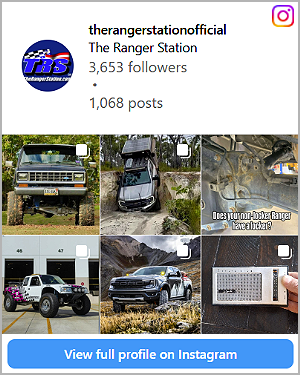Subpanel & Main Panel:
Here is the connections I made to the subpanel. One of the hot wires has red tape, and the neutral has white tape.
I DID NOT install the green screw to bond the neutral bars to the case. I added a ground bar, and there's a ground wire going from it to the 8-foot grounding bar in the ground, and the green ground wire goes to the ground/neutral bar in the main panel. I'm going to add a ground bar to the other side of the panel as well.
Here's the main panel. The two hot wires go to the 100 Amp breaker, and the neutral wire and green ground wire go to the ground/neutral bar. You can see where I had to add a connector to be able to attach the 1-gauge wire to the ground/neutral bar.
I put anti-oxidant on all the aluminum wire connections.
If you see anything wrong with these connections, please let me know.
You can see the slip coupling as well as where I had to cut the concrete. I still need to secure the conduit to the house. Note the recess in the side of the house. This is likely where the original breaker panel was.
I have a left-over piece of conduit, so I'm going to fill it with concrete and install it as a bollard to protect the electrical conduit when I fill this area back in with concrete.
Now Let's Discuss the Disaster Waiting to Happen!
I was apprehensive about opening the panel because my experience with the electrical done here has not been positive.
As I looked, my fears turned into reality.
There is no bushing protecting these wires from the metal edges of these two holes. I need to find a way to put a bushing in there, and I'm hoping I can find a split bushing to put around the opening without having to disconnect all of the wires.
I'm disappointed in myself for not measuring these holes before I put the cover back on, so I know what I need to look for.
Here, a gecko got inside and electrocuted itself to death.
The wires come out of the back of the panel and then behind the siding. There was an old bird nest behind the panel just waiting for one of these wires to short out, catch it on fire, and burn the house down. I cleaned most of it out.
This gap shouldn't be here. This panel should be mounted in this opening, but it doesn't fit.
You can see where a piece of cut aluminum is up against the wire below.
I'm not an electrician. I'm not anything close to being an electrician, but I feel like I'm more of an electrician than whoever did this work.













